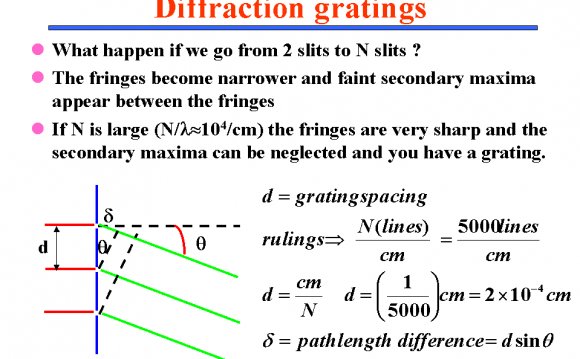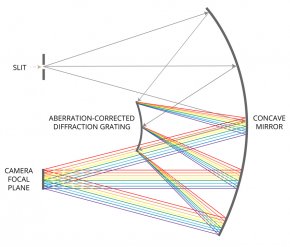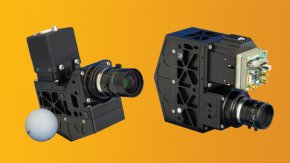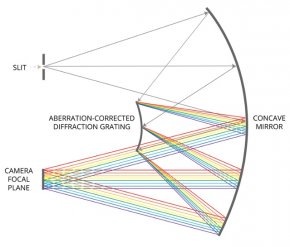
 The scientific research community is beginning to understand and embrace hyperspectral imaging as a useful tool for a few primary reasons. First, sensors are more affordable than ever. Originally conceived as multi-million-dollar ISR platforms for defense applications, hyperspectral imagers have been successfully ‘commercialized’ over the past few years. Scientists typically embracing RGB or multispectral technology before can now acquire hyperspectral sensors at affordable price points.
The scientific research community is beginning to understand and embrace hyperspectral imaging as a useful tool for a few primary reasons. First, sensors are more affordable than ever. Originally conceived as multi-million-dollar ISR platforms for defense applications, hyperspectral imagers have been successfully ‘commercialized’ over the past few years. Scientists typically embracing RGB or multispectral technology before can now acquire hyperspectral sensors at affordable price points.
Hyperspectral sensors of the ‘pushbroom’ type produced by Headwall require motion to occur. That is, either the sensor flies above the field of view, or the field of view moves beneath the sensor. For UAV applications, Headwall’s small and lightweight Micro-Hyperspec is the platform of choice. Available in the VNIR (380-1000nm), NIR (900-1700nm), and SWIR (950-2500nm) spectral ranges, the sensor is truly ‘SWaP-friendly.’
 Spectral range is often where the decision-making starts. The chemical fingerprint—or spectral signature—of anything within the field of view will lead the user in one direction or another. For example, a certain disease condition on a tree canopy may become ‘visible’ within the SWIR spectral range (950-2500nm). Similarly, a certain mineral deposit may become ‘visible’ in the VNIR range (380-1000nm). One approach to ensuring the spectral ‘fidelity’ of images collected by the sensor makes use of ‘diffractive optics’ comprising aberration-corrected holographic gratings. This ‘Aberration-corrected concentric’ design is shown below.
Spectral range is often where the decision-making starts. The chemical fingerprint—or spectral signature—of anything within the field of view will lead the user in one direction or another. For example, a certain disease condition on a tree canopy may become ‘visible’ within the SWIR spectral range (950-2500nm). Similarly, a certain mineral deposit may become ‘visible’ in the VNIR range (380-1000nm). One approach to ensuring the spectral ‘fidelity’ of images collected by the sensor makes use of ‘diffractive optics’ comprising aberration-corrected holographic gratings. This ‘Aberration-corrected concentric’ design is shown below.
There are several advantages to this ‘reflective’ approach. First, the design is simple, temperature insensitive, and uses no moving parts. This assures robustness and reliability in airborne situations. Second, can be made very small so that the instruments themselves can be small and light; in other words, capable of fitting the new class of lightweight, hand-launched UAVs. Third, the design optimizes technical characteristics that are most important: low distortion for high spatial and spectral resolution; high throughput for high signal-to-noise; and a tall slit for a wide field-of-view. Because the design is an all-reflective one, chromatic dispersion is eliminated and excellent focus is assured across the entire spectral range.
Second, can be made very small so that the instruments themselves can be small and light; in other words, capable of fitting the new class of lightweight, hand-launched UAVs. Third, the design optimizes technical characteristics that are most important: low distortion for high spatial and spectral resolution; high throughput for high signal-to-noise; and a tall slit for a wide field-of-view. Because the design is an all-reflective one, chromatic dispersion is eliminated and excellent focus is assured across the entire spectral range.
Many within the environmental research community and across ‘precision agriculture’ prefer to use UAVs as their primary airborne platform. They are more affordable than fixed-wing aircraft and easy to launch. But as UAVs get smaller and lighter, so must the payloads they carry. And integrating the sensor into the airframe along with other necessities such as LiDAR, power management/data collection hardware, and cabling can be a daunting task (Figure 3). Orthorectification of the collected data is another key requirement, which is the means by which the hyperspectral data cube is ‘managed’ into useful information that has been ‘corrected’ for any airborne anomalies. In other words, the collected hyperspectral data needs to be ‘true’ to what’s actually within the field of view.
RELATED VIDEO











